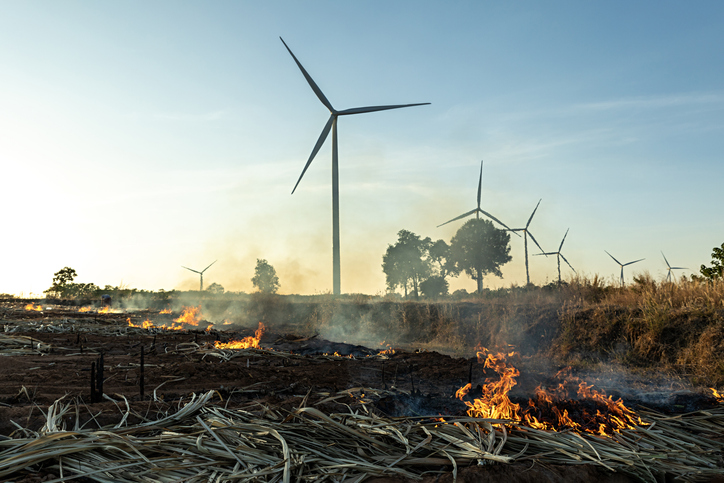Monday, June 30, 2025
Safeguarding nature against climate change, biodiversity loss, and pollution requires collective efforts and a shared commitment to environmental conservation and stewardship. Through partnerships with Indigenous peoples, all levels of government, and the private sector, we can protect the ecosystems on which we all depend.
Today, the Honourable Gary Anandasangaree, Minister of Crown-Indigenous Relations, on behalf of the Honourable Steven Guilbeault, Minister of Environment and Climate Change, alongside 22 Indigenous Governments and organizations in the Northwest Territories, the Government of the Northwest Territories, and private donors, celebrated the signing of the Northwest Territories Our Land for the Future Agreement, based on the Project Finance for Permanence model.
“Indigenous-led stewardship is central to Canada’s ambitious goal of protecting 30 percent of land and water by 2030, and the Northwest Territories—rich in environmental, cultural, and ecological importance—plays a crucial role in these efforts,” said Guilbeault.
“The signing of this landmark agreement marks a historic milestone in nature protection in the north and is a testament to what can be achieved through collaboration and a shared commitment to safeguarding nature. With continued support for Indigenous leadership in conservation, we are ensuring the protection of these lands for our children, grandchildren, and all future generations.”
This historic agreement, known as NWT: Our Land for the Future, is the next step in large-scale, long-term conservation and stewardship of land and water in the Northwest Territories and is one of the largest Indigenous-led land conservation initiatives in the world. Over time, Indigenous partners plan to contribute over two percent of land and inland water in Canada toward the national goal of conserving 30 percent by 2030. This will greatly contribute to protecting biodiversity and carbon storage in important northern ecosystems.
NWT: Our Land for the Future recognizes Indigenous leadership in conservation and stewardship to protect land and inland water, preserve biodiversity, support thriving cultures, build community capacity, and contribute to healthy and equitable economies. Key activities include greater support for Indigenous Guardians initiatives, the establishment of new protected and conserved areas, culturally meaningful economic development opportunities, and more.
Indigenous-led stewardship helps land, water, and communities thrive and is a cornerstone of Canada’s plan to halt and reverse biodiversity loss and fight climate change. The Government of Canada is committed to meaningful engagement with Indigenous peoples and will continue to seek feedback and perspectives from Indigenous governments and organizations on the NWT: Our Land for the Future.
“Indigenous peoples have been stewards of land for millennia, and their leadership is essential to protecting and preserving the environment,” said Anandasangaree. “This historic agreement, one of the largest Indigenous-led land conservation initiatives in the world, moves us closer to our goal of conserving 30 percent of land and water by 2030. Today is another step forward on the path toward reconciliation, and a testament of what can be done when we work together in true partnership.”
The Project Finance for Permanence is an innovative funding model based on partnerships that leverage government and private funding to support large-scale, long-term conservation efforts. Signing of the Our Land for the Future Project Finance for Permanence Agreement is a step toward ensuring that the Our Land for the Future Trust is established and that the governing body and necessary policies are put in place to manage funds.
The federal government will continue consultations after signature of the agreement, to ensure that any potential adverse impacts on the rights of Indigenous peoples are identified and accommodated as appropriate.
For further information, visit:
- Northwest Territories Project Finance for Permanence
- Project Finance for Permanence: Support for Indigenous-Led Conservation Initiatives
Featured image credit: Olivier Collier/Unsplash











